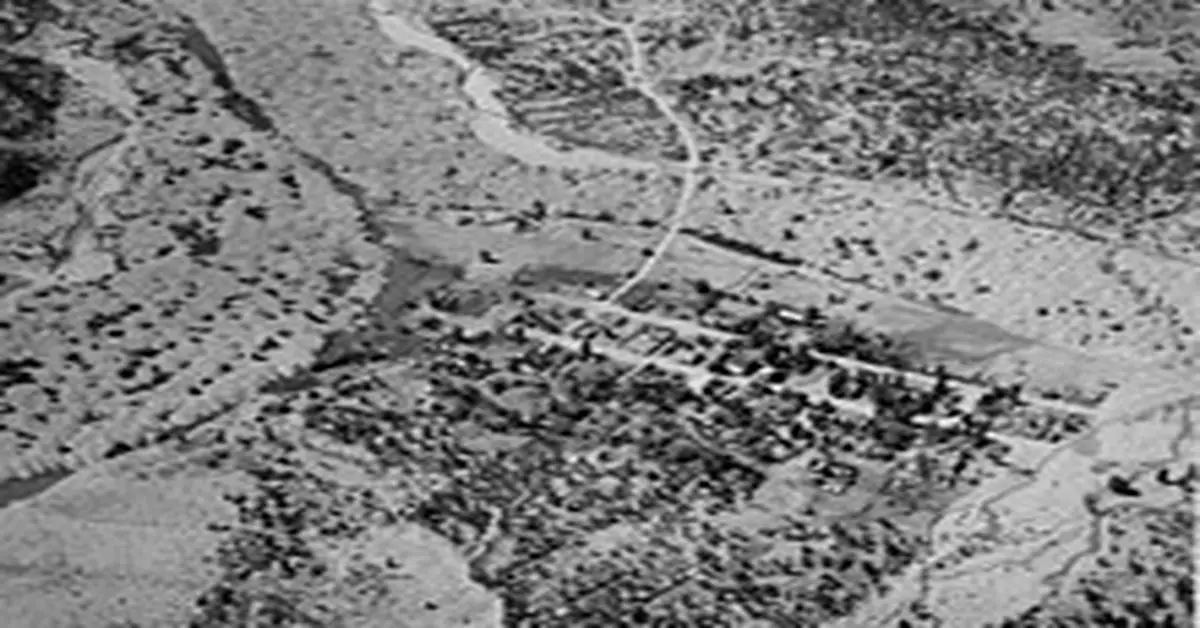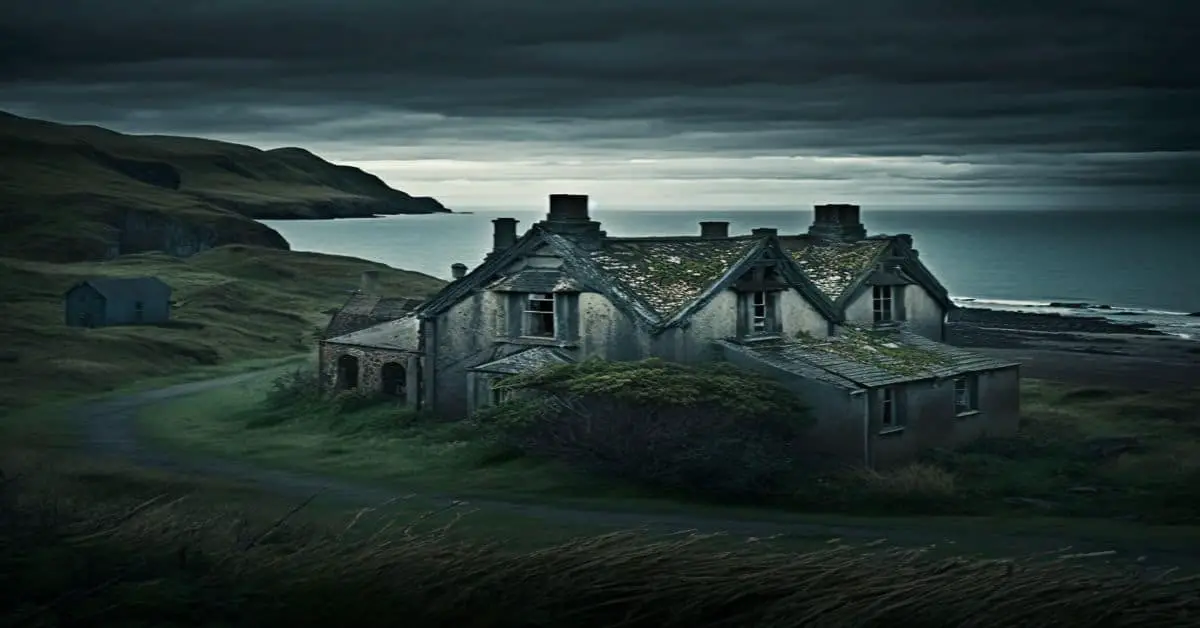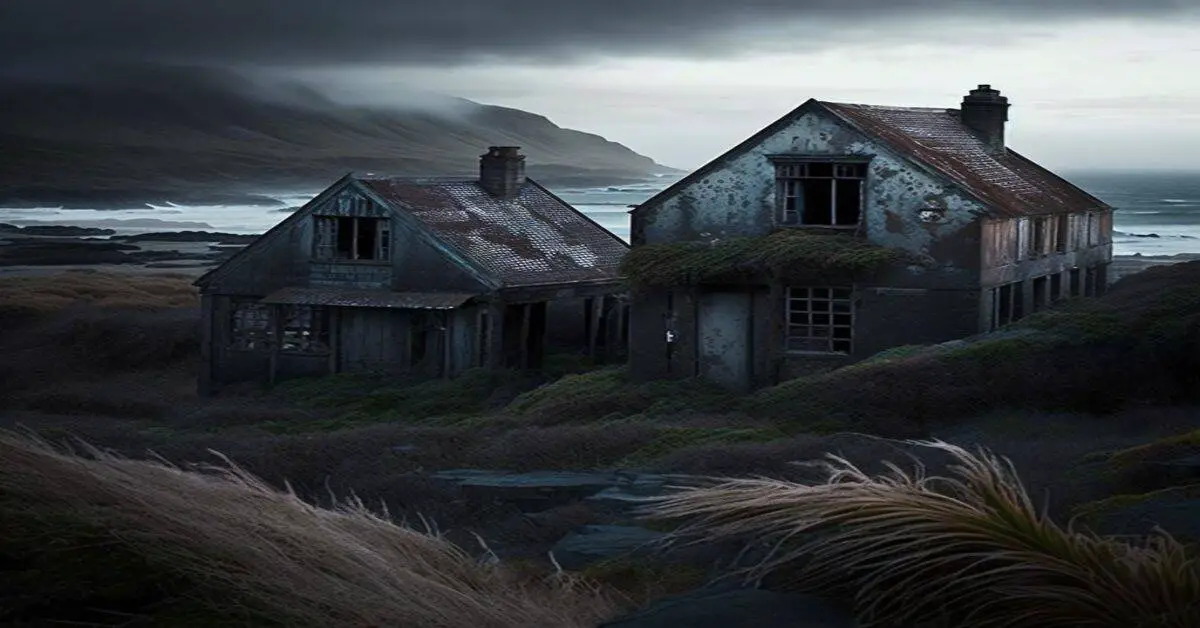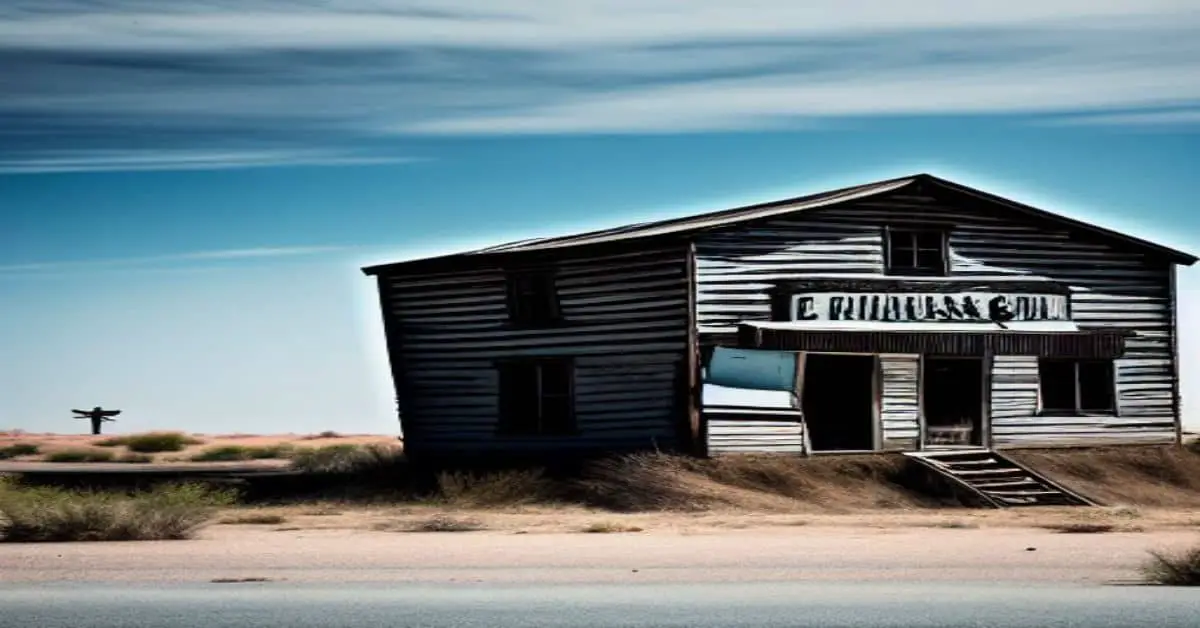Nestled amidst the picturesque landscapes of Idaho, Idaho City was once a bustling hub in Boise County. Established during the vibrant gold rush of the 1860s, this town quickly grew to prominence, becoming one of the largest mining communities in the Pacific Northwest.
Its rich deposits attracted thousands of prospectors, making it a key player in the region’s development. However, as the gold dwindled, so did the town’s bustling energy, leaving behind a rich tapestry of history and culture.
County: Boise County
Zip Code: 83631
Latitude / Longitude: 43.8288° N, 115.8347° W
Elevation: 4,396 feet (1,340 meters)
Time Zone: Mountain Time Zone (MT)
Established: 1862
Disestablished: Not officially disestablished, but considerably declined by the late 19th century.
Comments: Idaho City was a significant settlement during the gold rush era, with its population once surpassing that of Portland, Oregon. The town was a bustling center for miners and entrepreneurs seeking their fortunes. Despite its decline, Idaho City’s historical architecture and remnants of its past glory attract visitors and history enthusiasts today.
Remains: Many original buildings remain, including the old jail, courthouse, and other historic structures. The town also boasts a museum showcasing its vibrant gold mining history. Idaho City was founded in December 1862 as “Bannock” (sometimes given as “West Bannock”) amidst the Boise Basin gold rush during the Civil War, the largest since the California gold rush a dozen years earlier.
Near the confluence of Elk and Mores Creeks, its plentiful water supply allowed it to outgrow the other nearby camps in the basin, such as Placerville, Pioneerville, and Centerville. As its population swelled, the new Idaho Territorial legislature changed the town’s name to “Idaho City,” to avoid confusion with Bannack in present-day Beaverhead County, the southwestern corner of Montana.
At its peak during the mid-1860s, more than 200 businesses were in town, including three dozen saloons and two dozen law offices. Its 1864 population 7,000 made it the largest city in the Northwest, bigger than Portland.
Wood was the prime source of shelter and heat, which caused Idaho City to burn four times: 1865, 1867, 1868, and 1871. Five businesses on Main Street burned again in the early hours of June 5, 2015. In 1863, St. Joseph’s Catholic Church was established; it was the first Catholic parish in the new Idaho Territory, and the church was completed the following year.
Idaho City is an important location in local Masonic history. The Grand Lodge of Idaho was founded in Idaho City in 1867. Idaho Lodge No. 1 was originally located in Idaho City but is now in Boise.
Current Status: While no longer a bustling mining town, Idaho City has transformed into a small community that attracts tourists interested in its well-preserved history. It is a gateway for outdoor activities, including hiking and exploring the nearby Boise National Forest.
The population was 485 at the 2010 census, up from 458 in 2000. During the boom, the greater Boise Basin population numbered tens of thousands, but most departed the mountains once mining declined. Idaho City’s population fell below 900 by 1870 and was down to 104 by 1920.
The modern economy relies mainly on hunting and fishing tourism and visits to the many historic sites, including the Boot Hill Cemetery. Outside of town, the mining tailings of the era are ubiquitous. Senator Frank Church announced his candidacy for the Democratic nomination for president from the porch of the county courthouse in Idaho City in March 1976.
His grandfather settled there in 1871, and his father was born there in 1889. Chase Clark, Church’s father-in-law, had announced his candidacy for governor in Idaho City in 1940.
Remarks: Idaho City offers a unique glimpse into the past, with its well-preserved historical sites providing a window into the lives of those who once called it home. Its charm and historical significance make it a fascinating destination for those intrigued by the tales of the American West.
Four thousand Chinese lived in the Idaho Territory from 1869 to 1875. Like many Chinese immigrants, they came to “Gold Mountain” to work as miners or found work as laundrymen and cooks. The store of Pon Yam, a prominent Chinese businessman, Pon Yam House from 1867, is one of the only remaining buildings in Idaho City’s Chinese history.
Although today, Chinese are rarely seen except as tourists, the 1870 census reported 1,751 Chinese who were nearly half city residents. Annie Lee was one legendary Idaho city woman who, like Polly Bemis, escaped enslavement from the “world’s oldest profession.”
She escaped from a member of the Yeong Wo Company in the 1870s to Boise to marry her lover, another Chinese man. Charged by her owner with grand theft, she told a judge that she wanted to stay in Boise City. The judge subsequently granted her freedom.



